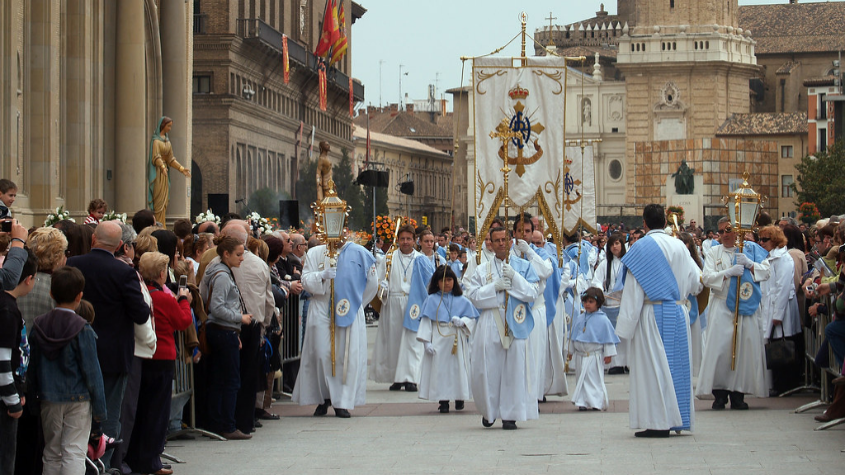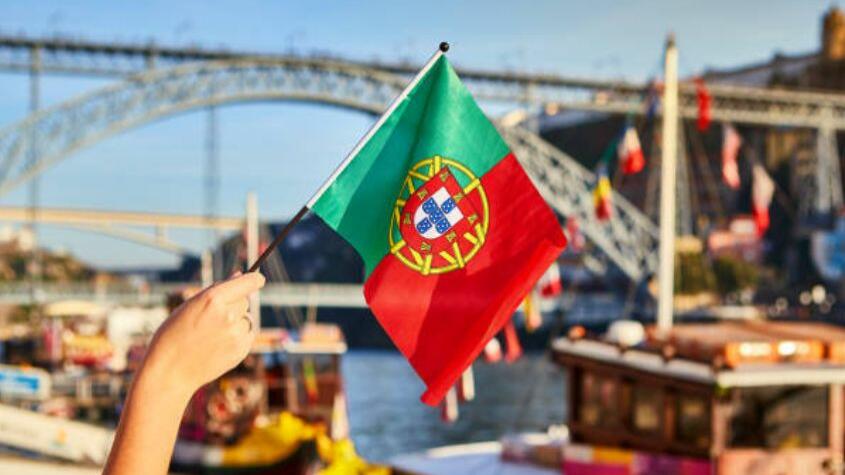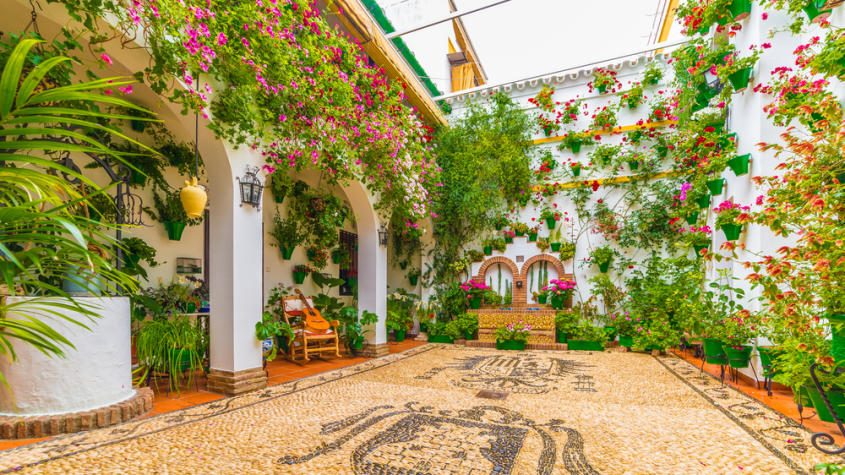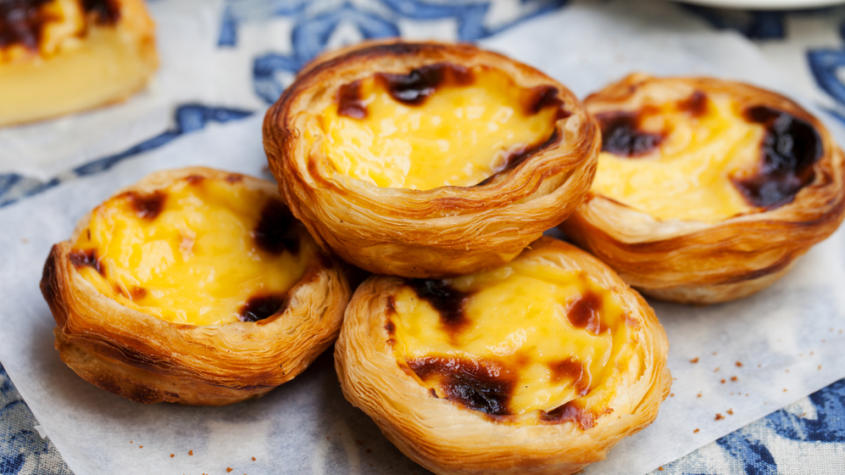
Easter in Spain 2024
Easter, known as Holy Week in Spain, is one of the country's most significant religious landmarks. The celebration begins on Palm Sunday and ends on Easter Sunday and is celebrated with great enthusiasm in most cities and towns across the country, and 2024 will be no exception.
The date of Easter is based on the lunar calendar, which means that it doesn't fall on the same date every year. The date of Easter in Spain is always the first Sunday after the first full moon that occurs after the spring equinox. Easter in 2024 is a week earlier than in 2023. Easter Sunday is on 31 March and Good Friday is on 29 March.
During Holy Week, local religious groups made up of people from the community called cofradías lead religious processions, which are a key aspect of the festivities. Each cofradía has its specific statue, or image of Jesus or the Virgin Mary, which is carried in procession through the streets of the town. The statue is usually carried on litter decorated with flowers and candles.
In this season, people usually return to their hometowns to spend time with their families and participate together in traditional celebrations. Additionally, many cities and towns organise public events, such as concerts and parades, to bring local communities together. This not only allows for the strengthening of family ties but also provides the space to share stories, traditions and values, creating new and lasting memories together.
Many churches and cathedrals throughout Spain display their most important images and statues during Easter. These images are adorned with clothes and precious jewellery and, during processions, are carried by men known as "costaleros".

Processions are usually accompanied by musicians and penitents, dressed in traditional costumes and carrying lit candles and religious insignia. Some processions take place at night, which adds a dramatic touch to the celebrations. Apart from processions, what other traditions are there in Spain associated with Holy Week? One of them is the preparation of traditional dishes, such as "torrijas", which is a kind of toast soaked in milk and sugar and fried in olive oil. Other popular dishes include cod (bacalao) and vegetable and fish stew ("potaje de vigilia").
Easter in Andalusia

In Andalusia, specifically, Holy Week is especially known for its rather extravagant processions. Cities like Seville, Malaga and Granada are quite famous for their processions, attracting thousands of tourists every year. The processions themselves usually include hooded penitents, who are called "nazarenos" and, in addition, there are brass bands playing funeral symphonies. And what about gastronomic traditions? Rosquillas, which are fried and sugared dumplings, stand out. They are fried in hot oil until golden and crispy, then sprinkled with sugar and cinnamon and dipped in honey.

Here's what to do and see in Seville.
Easter in Castile and Leon

In Castile and Leon, the most famous tradition is the "Dance of Death" ("Danza de la Muerte"), which is performed in many towns in the region. During this tradition, participants wear medieval costumes and dance through the streets of the town. This festival has been held for over 500 years and takes place on the night of Maundy Thursday. Skeletal figures, representing death, dance while a tambourine sets the rhythm of the funeral music. In addition, it is common to celebrate "Tortilla Thursday", where families get together to eat potato and onion tortillas.
Specifically, in the city of Valladolid, there is the tradition of carrying the images of Mary and Jesus in a majestic procession in the middle of the procession. Among the traditions of Holy Week in Toledo is the "Silent Procession", on the night of Holy Thursday. This procession is held in total silence, without music or singing. In turn, as a gastronomic tradition in Toledo, we have Mazapán: a traditional sweet, made with almonds and sugar, very popular during Easter and often sold in the shape of animals or religious figures.

Here's what to do and see in Madrid.
Easter in Catalonia

In Catalonia, in some cities - specifically in Barcelona - religious processions take place, although they are smaller than in other regions of Spain. One of the most famous processions is "La Passió", in Olesa de Montserrat. In this custom, there is a dramatisation of the Passion of Christ, through live reenactments of the Last Supper and the crucifixion and resurrection of Jesus. On the other hand, one of the most popular traditions in Catalonia is the "Mona de Pascua": an Easter cake decorated with eggs and chocolate figures. The tradition is to give such a cake to children as a present at this time of year.

See here what to do and see in Barcelona.
Easter in the Basque Country

As for the Basque Country, the Holy Week celebrations are generally simpler and less extravagant than in other parts of the country. The processions themselves are not as frequent and the costumes worn by penitents are less elaborate. However, in some cities, such as Bilbao, there is a typical tradition on Palm Sunday (the beginning of Holy Week and celebrated on the Sunday before Easter), "La Rama": people gather and walk in procession to a nearby hill, where they collect tree branches. Then they return to the town, singing and dancing.
And what about typical dishes? “Torrijas" stand out, a typical dessert, already mentioned, which consists of slices of bread soaked in milk, sugar and cinnamon, which are then fried. They are eaten during Holy Week and can be found in bakeries and confectioneries throughout the city.

See here what to do and see in the Basque Country and Bilbao.
Easter in Valencia

In Valencia, the most popular tradition of Holy Week is the "Misteri d'Elx", a theatrical staging of the death and ascension of the Virgin Mary, which is performed by a choir of male voices. It takes place in Elche every year and was considered the Intangible Cultural Heritage of Humanity by UNESCO in 2001. From a gastronomic point of view, the Fartons stand out, which are a type of sweet and soft bread, usually in the shape of a toothpick. Traditionally, they are served with Horchata, a sweet almond milk drink, which is very popular during Holy Week.

Here's what to do and see in Valencia.
Easter in Cuenca

In the city of Cuenca, specifically in the region of Castilla-La Mancha, there is a special tradition, that of the "Trompeta de la Muerte", which is performed during the night of Good Friday. In the ceremony, the trumpeter plays a solo from the top of a church, as a symbol of Christ's death. And what about gastronomy? One of the most popular customs is "Morteruelo", which is a traditional stew from the Castilla-La Mancha region. It is made with various types of meat (rabbit, hare, duck), bread, nuts, spices and olive oil, and is a rich and tasty dish usually served as an aperitif.
Easter in Galicia

What traditions does Galicia, on the other hand, have? An essential one is that of "burning the witches": on the night from Saturday to Sunday, straw dolls, representing witches, are burnt on bonfires. The burning itself is believed to have the power to ward off evil spirits and bring good fortune for the future. Likewise, during Easter, it is common to eat Empanada, a salty pie filled with tuna, codfish or meat. It is a very versatile food that can be prepared in various ways to please all tastes.
See here what to do and see in Galicia.
Easter in Spain is a time of profound renewal and a space for reflection and unity. Among the key messages that Easter represents and cultivates, the importance of faith and tradition is highlighted, insofar as maintaining customs and practices is a way of reconnecting with the past and history to strengthen the present and the future and to strengthen the identity of a country, in this case, Spain. Furthermore, the value of family and community is one of the most important aspects of this season, since it makes us reflect on the importance of valuing human relationships with the people closest to us.
Each region in Spain has its traditions and customs for celebrating Holy Week, and celebrations can vary according to location. However, one thing is certain: Easter is a very important and solemn time for Spaniards, and it is an opportunity to reflect on their faith and traditions.
Did you like it?
Average votes: 4.56 of 5
Go Back to the Blog














